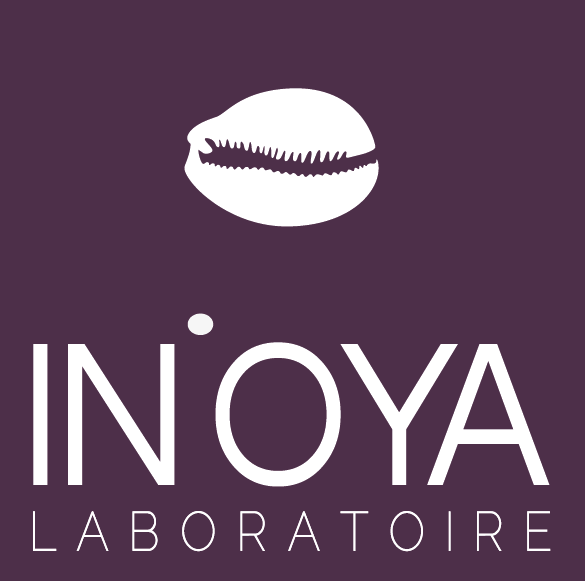Customer Service
Our Contacts:
From monday to friday, 10am to 6pm.
+33 (0)4 42 90 72 28
Contact Form
Laboratoire IN'OYA 128 Rue de la Boétie, 75008 Paris FRANCE
Delivery:
Free delivery all orders of 50 euros or more of eligible items across any product category qualify
Payments:
Credit Card: Visa, MasterCard, Paypal, Maestro, American Express, Check and Bank Transfer
Return Policy:
You can return any item purchased within 16 days of the delivery date
Help & FAQ
Find quick answers to your questions. Our mission is to support you with transparency and care throughout your beauty journey. Click here to access our FAQ.
571 articles
-
Straightening Curly and Coily Hair: Avoid Burns, Stains, and Breakage
Published : 2025-11-14 | Categories : Beauty tip , MAG'OYAStraightening Coily Hair Requires Precision, Protection, and the Right Tools This complete guide helps you choose the right device while keeping your hair and skin healthy.
-
Kinky and curly hair: how to straighten naturally without breakage
Published : 2025-11-14 | Categories : Beauty tip , MAG'OYAWant to straighten your kinky or curly hair without damaging it? Discover natural and gentle methods to achieve effective straightening, maintain your hair’s health, and avoid breakage.
-
The perfect makeup for medium skin tones
Published : 2025-11-12 | Categories : Beauty tip , MAG'OYAEnhance your medium-toned skin this winter with IN’OYA’s expert advice: preparation, complexion, eyes, and lips for a glowing, radiant, and natural finish with trendy colors and textures.
-
Dark circles under the eyes: a major concern
Published : 2025-11-10 | Categories : DOCT'OYA , Pathologies & Targeted Care , SCIENTIFIC ARTICLESDark circles are more noticeable on dark, olive, and mixed skin tones. Discover their causes and the right dermocosmetic treatments to restore a bright, radiant look!
-
Charlène's anti-blemish solution
Published : 2025-10-17 | Categories : MAG'OYA , Testimonials"I learned from this experience the importance of choosing products adapted to my skin (...)"
-
Sun exposure: How I removed my spots - Maimouna, 27 yo
Published : 2025-09-18 | Categories : MAG'OYA , Testimonials« test IN'OYA products because they are effective, I can't do without them (...) »
-
Skin Undertone: How to Choose the Colors That Enhance Your Complexion
Published : 2025-09-17 | Categories : Beauty tip , MAG'OYAKnowing your skin undertone allows you to choose the right colors, skincare, and accessories to enhance Black, dark, and mixed skin tones and reveal their full radiance.
-
How Niacinamide and Caffeine Transform Your Eyes in 28 Days!
Published : 2025-09-10 | Categories : Beauty tip , MAG'OYAIn just 28 days, niacinamide and caffeine reduce dark circles and puffiness, giving dark and mixed skin a brighter, more even-toned eye contour.
-
Pigmented Dark Circles: 5 Dermatological Actives That Truly Make a Difference
Published : 2025-09-09 | Categories : Active Ingredients, Ingredients to Avoid & Label Reading , DOCT'OYA5 dermatological actives – niacinamide, caffeine, hyaluronic acid, oligopeptide-68, and acetyl glucosamine – visibly reduce pigmented dark circles in dark and mixed skin.










